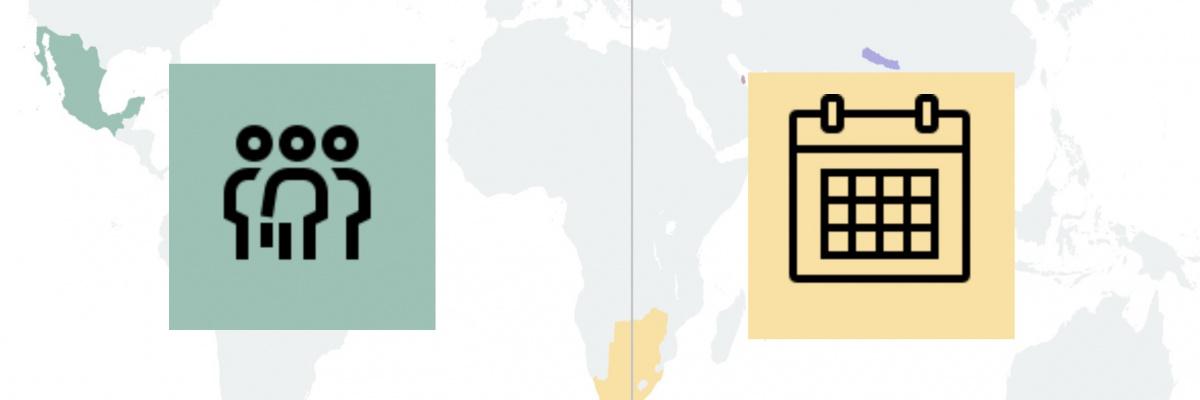Since the beginning of the COVID-19 pandemic migrant communities have become immobile – stuck in the destination countries, or unable to continue their journeys in transit or in origin countries. This project brings together a collection of essays that seek to spell out how migrant communities in the Global South, namely in Mexico, Nepal, Qatar, and Zimbabwe, have been affected by, and reacted to the pandemic. The project includes an analysis of the deterioration of the already precarious situation of migrants. Moreover, it considers in what way the pandemic has become an opportunity for exclusion often through discursive othering. Measures of control against migrants in the name of public health are also deliberated before concluding on how migrants cope with state-prescribed rules and borders and to what extent this leads to acts of resistance.
Map, copy editing, leaflet: Aylin Himmetoglu, Magdalena Maier, Abdur Rehman Zafar
Funding: Ministry for Science, Research and the Arts of Baden-Württemberg
Responsible: Franzisca Zanker


